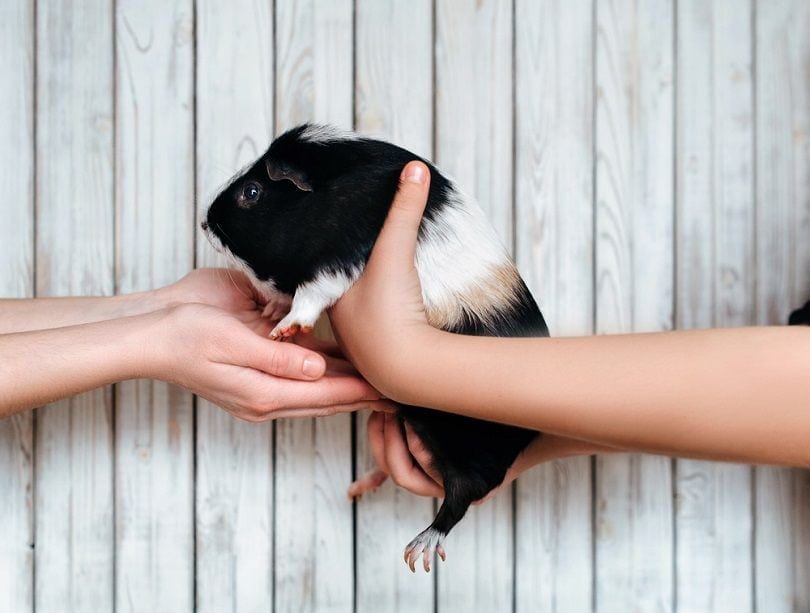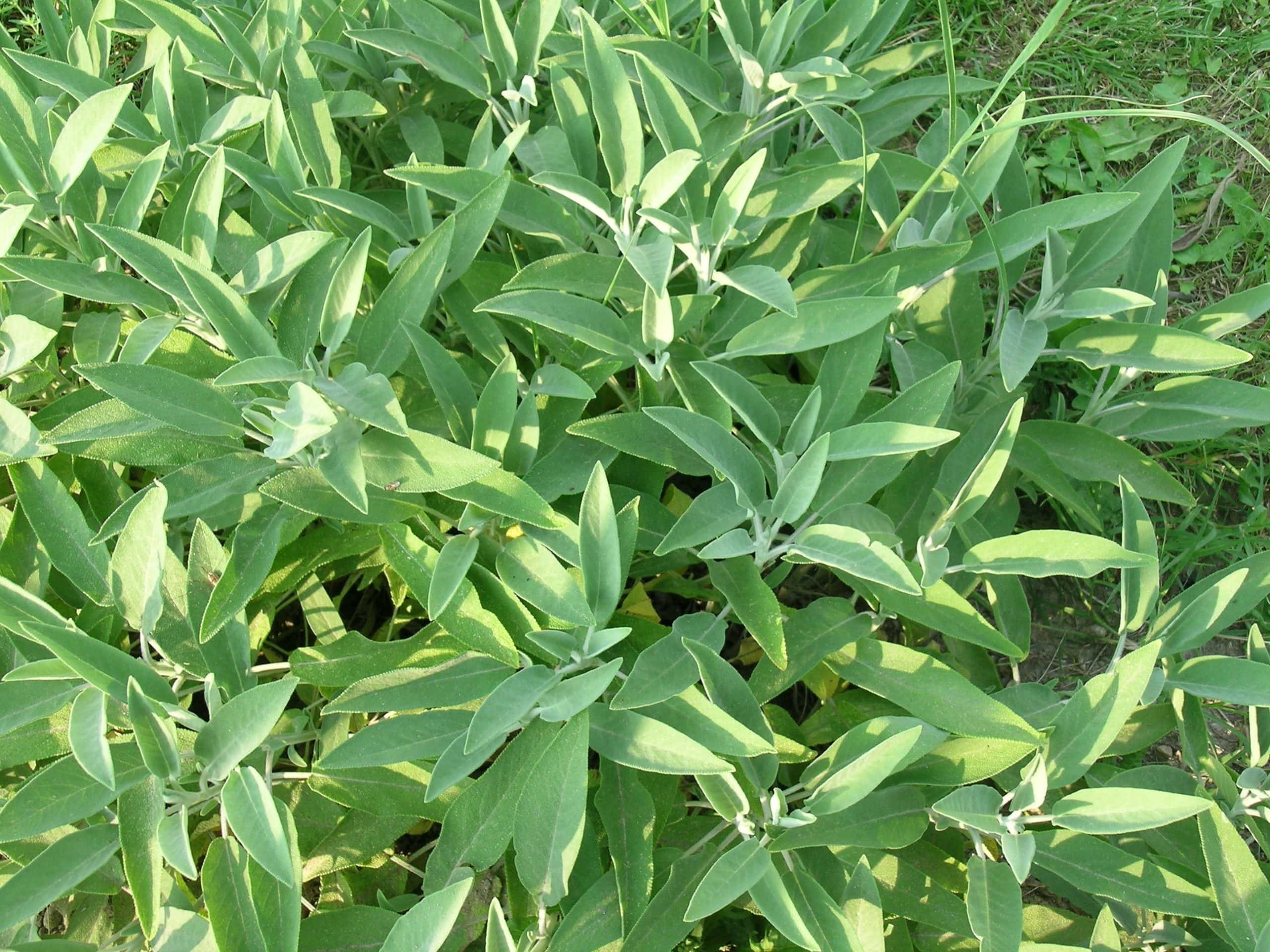Can Guinea Pigs Eat Mango? Vet Approved Nutrition Facts & FAQ
By Beth Crane
Updated on
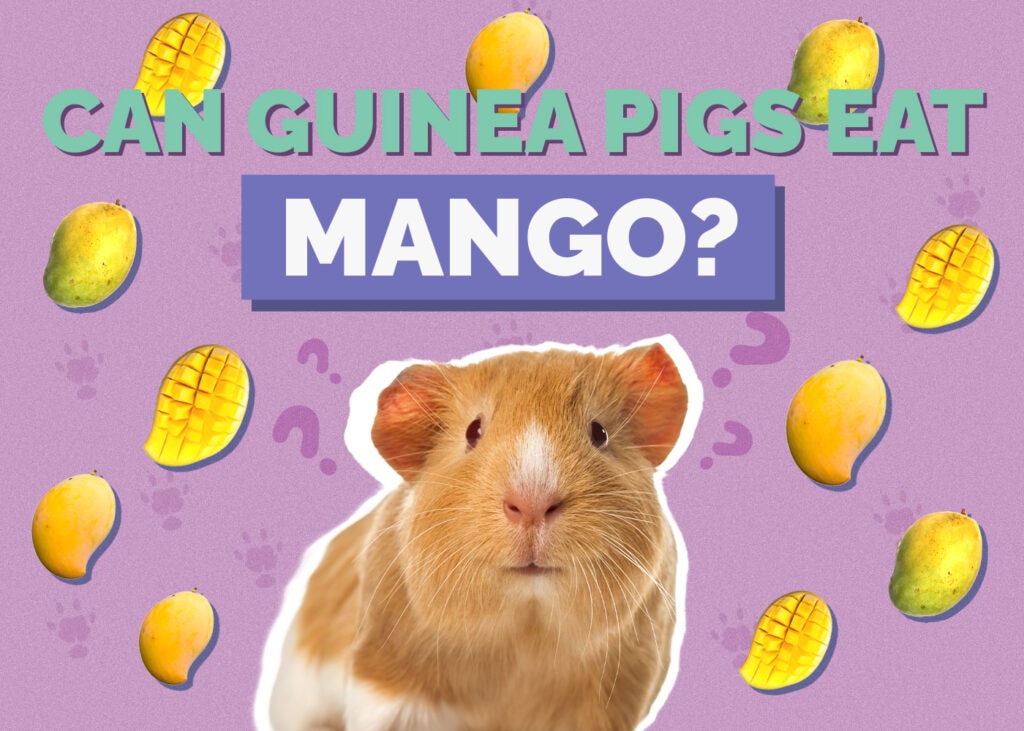
The question of which foods are safe to share with our pets is always present, particularly if they come running when they hear the fridge door opening. If you’re eating a sweet mango and want to share it with your guinea pig, you may have some questions about its safety for them.
Do guinea pigs like exotic fruits? Absolutely!
Can they eat exotic fruits like mango? Yes, guinea pigs can safely eat mango – in moderation – and they’ll love it as part of a diet well-balanced with different fruits and vegetables.
Guinea pigs can eat fresh mango, but they should never be given canned mango because of the potential for additives or sugars to be added. Dried mango is also dangerous to guinea pigs as it’s sharp and becomes soggy, increasing the risk of injury or choking. Fresh mango is best, but remember to keep it as a treat only!
Are Mangos Healthy for Guinea Pigs?
Mangos are healthy for guinea pigs. Most fruits contain natural fruit sugars (fructose), which can sometimes cause problems, but a small amount of mango includes nutrients that are very beneficial to guinea pigs.
- Vitamin C: Like humans, guinea pigs cannot make their own vitamin C in their bodies, so they need to absorb it through their diet. Vitamin C helps guinea pigs maintain healthy skin and joints, including their gums, and it plays an essential role in wound healing. Guinea pigs can get very sick if they lack vitamin C in their diet, and mango is an excellent source. 3.5 ounces of mango flesh provides 36 milligrams (mg) of vitamin C, and it’s hydrating and tasty too!
- Low in calcium oxalate: Mangoes are low in calcium oxalate, only having 1mg in an entire mango! Calcium oxalate is one of the contributing factors to the formation of stones and sludge in guinea pig bladders, which can be painful, even fatal, if they cause a blockage in the urethra.
- Lower in calories: Mangoes are not calorie-free but lower in calories than some other fruits guinea pigs love. Despite being low-calorie, mangoes still contain fruit sugars that can easily pack the pounds onto your pet, and too much of any fruit can cause gastrointestinal upset such as bloating and diarrhea.
While mangoes obviously have their good points, it is important to note that mangoes contain sugar. One mango contains an astonishing 46 grams of sugar, so only a very small amount should be given to your guinea pig occasionally. Too much sugar can easily cause obesity in guinea pigs, and diarrhea can occur due to an imbalance in intestinal bacteria. This diarrhea can quickly become fatal, so limit any fruits you give your guinea pig.
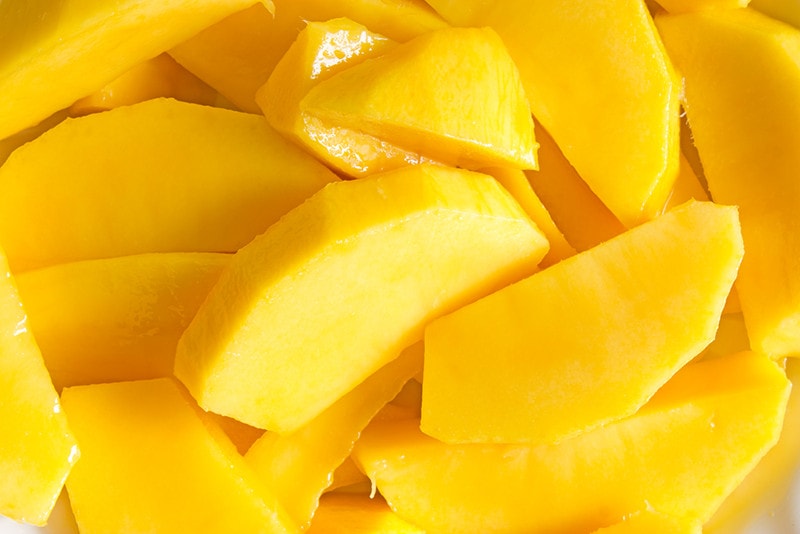
What Parts of a Mango Can a Guinea Pig Eat?
A guinea pig should only be given the flesh of the mango to eat, the bright orange fruit beneath the skin. Mango skin shouldn’t be given to guinea pigs due to how fibrous and tough it is; mango skin is too difficult for a guinea pig to chew on, so it presents a real choking hazard.
Some mangoes are also covered in a layer of wax or other chemicals to give the skin a shine and protection during transport; this can be dangerous for guinea pigs, so it’s best to avoid giving them the skin altogether. The pit at the center of the mango is also not worth giving your guinea pig; it has no nutritional value, and it’s unlikely your pig will even eat it!
How Often Can My Guinea Pig Eat Mango?
Like any fruit, the amount of mango given to your guinea pig should only make up around 5% of their total diet. The main component of a guinea pig’s diet should be hay (75%); the rest should be leafy green vegetables and a small number of hay pellets.
If you plan on serving a variety of fruits as treats, make sure mango is only a small part of the selection to provide balance. All fruits should only be given once or twice a week, maximum.
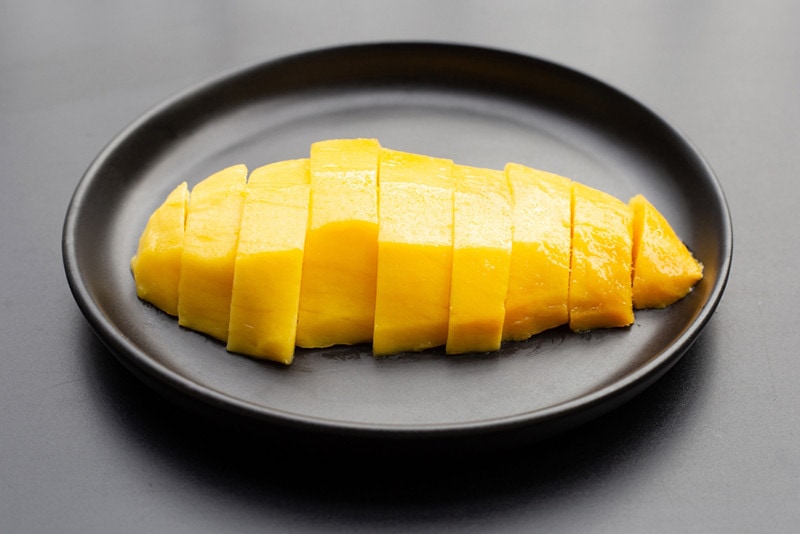
How To Safely Prepare Mango for Your Guinea Pig
To safely prepare mango for your guinea pig, choose a mango that is ripe and soft. Wash it and peel the skin. Next, remove the pit before chopping the mango into slivers for your guinea pig to eat. Only give them one or two thin slices, and remove any mango not eaten immediately.
If the fruit is allowed to go bad in your guinea pig’s living space, it can attract flies and other insects that can cause mayhem. Guinea pigs, like rabbits, are susceptible to fly strike, so keeping their living space clean and free from rotting food is essential.
Which Fruits Can Guinea Pigs Eat?
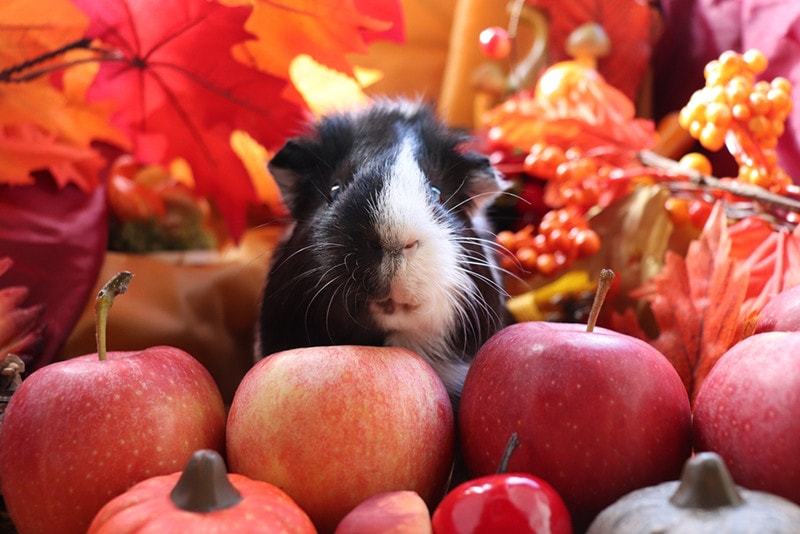
Guinea pigs can safely eat and enjoy a wide variety of other fruits. Because fruit only makes up a small part of a guinea pig’s diet, try to aim for fruits bursting with vitamin C to help them stave off health problems like scurvy. A good choice of fruits to use as treats along with mangoes are:
- Kiwi
- Apple (no pips)
- Berries
- Pineapple
- Pear
- Orange
- Cantaloupe
 Final Thoughts
Final Thoughts
Guinea pigs can safely enjoy a small amount of mango as an occasional treat. Mango is non-toxic to them and provides a good boost of vitamin C. However, mango is also high in sugars which can cause weight gain and obesity, alongside potentially fatal GI bacteria imbalance and diarrhea. Fruit should only make up a maximum of 5% of your guinea pig’s total diet, so feed mango sparingly, only once or twice a week.
Related Read:
- Can Guinea Pigs Eat Oranges? Vet-Reviewed Diet Facts
- Can Guinea Pigs Eat Pears? Vet-Reviewed Nutrition Facts & FAQ
Featured Image Credit: toodlingstudio, Pixabay


